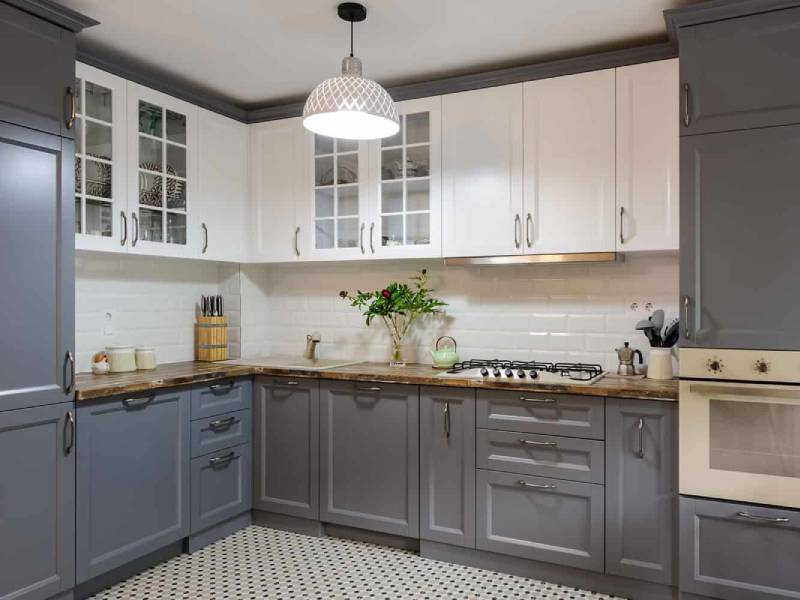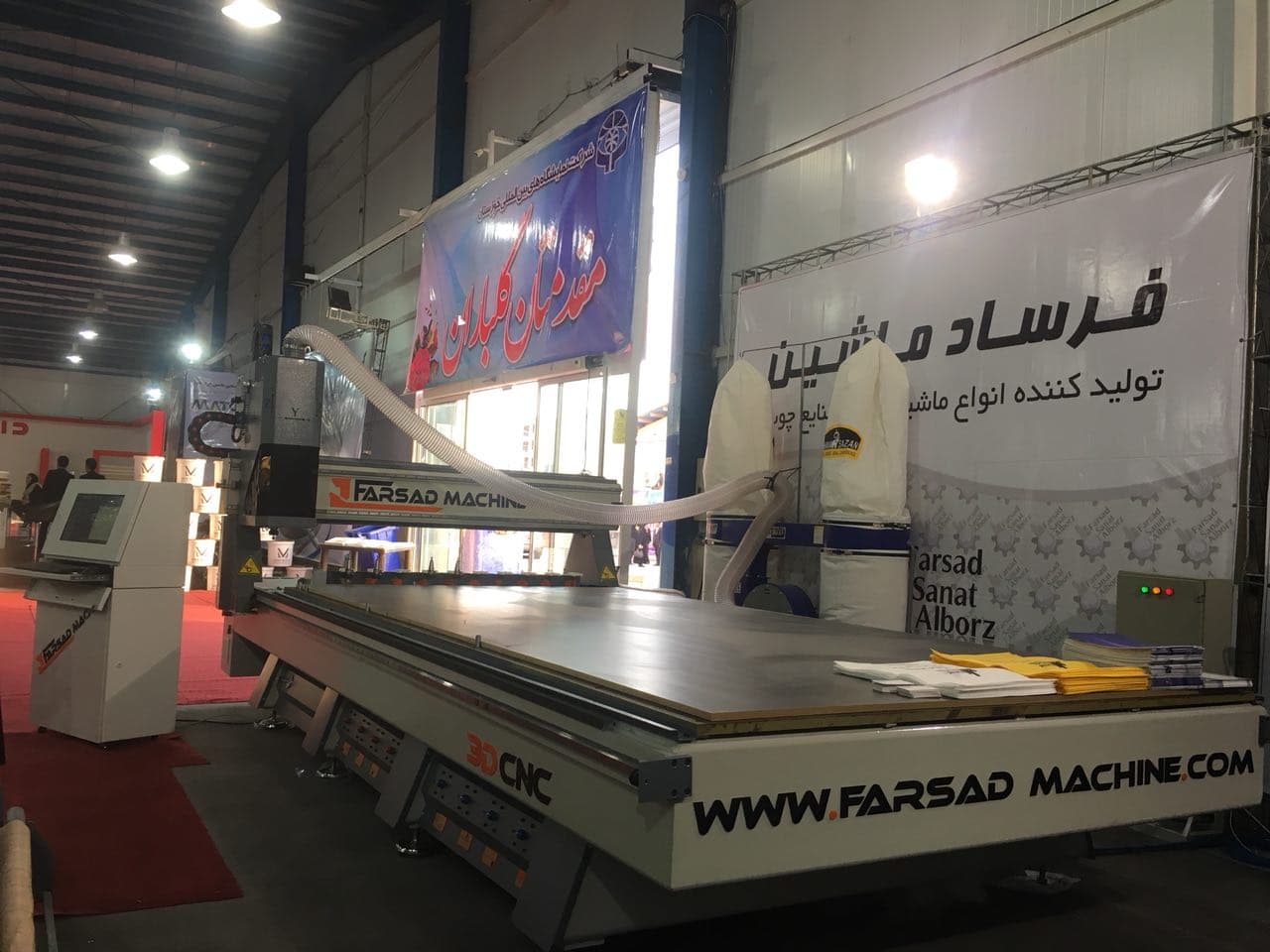Membrane cabinets are among the newest cabinets of choice these days. These cabinets are produced in all three classic, neoclassic and modern styles, but the classic and neoclassic type have more fans. The main body of membrane cabinets is made of white MDF, but the important thing that distinguishes these two is the presence of tools, designs, protrusions and depressions on the door and exterior of these cabinets. In this article, we will introduce you more to the steps of making a membrane cabinet.
At first, like making any other cabinet, your kitchen will be measured by the cabinet maker.
The construction of the external parts and the work view is entrusted to the CNC unit.
Covering services are also provided by the membrane unit.
Membrane cabinet construction steps:
At this stage, depending on the method used by the cabinet makers of your place of residence, membrane construction is done in two ways:
First method: This method will be a little difficult to do. In it, one-sided and raw MDF sheets are prepared and the design is submitted to the CNC department to implement the design on it. Then you press the membrane unit of PVC sheets on the CNC patterned sheets.
Second method: This method is easier to do. In this method, you entrust all the affairs to the Membran unit and you don’t need to go to several places and carry sheets, which basically exists in bigger cities with more facilities.
We use two types of MDF to make membranes.Soapy MDF for the interior and raw one-sided MDF for the body and facade, which are designed by CNC. We implement the design on the raw MDF, then smooth and polish its surface using sandpaper, and finally PVC sheets are installed on it.
We apply the membrane glue with a pistol to the parts that need to be coated and put it in the vacuum machine so that the sheet will stick to the MDF under pressure and heat.
Taj is the part of the cabinet that is decorated with beads, sunshades, flowers, etc., and is placed on both sides of the cabinets. There are also pasang or pakhur in this type of cabinets, which are the lower parts or the bases of the cabinet.
These decorations are placed on the door or bases using special membrane adhesives, self-tapping screws, or very small nails.Membrane cabinet installation steps:
The installation of these cabinets is similar to other cabinets and has only one step more than other cabinets.
Under-work cleaning
After all the cabinet parts are made in the cabinet workshop, the cabinets are moved to the place where they are going to be installed, and the place where the cabinet is to be installed is completely cleaned with a cloth to remove dust and dirt. There is no place.
Holders
To install the cabinets, we need support bases that we connect the upper and lower cabinets to the wall using screws and screws. These holders are made of MDF without coating and their function is to support the weight of the items inside the cabinets.
Lower cabinets
First, we go to the lower cabinets, which must be leveled to the ground, and then we adjust and install their bases.Note that we do not install doors due to potential damage to upper cabinets during installation.
Upper doors and cabinets
Now go to the upper cabinets and fasten them to the wall with screws and screws, and then put the doors of all the upper and lower cabinets.
Cabinet plate
At the end, we have to install the stone plate on the cabinets and after that we can place the sink, gas and hood.
Important points of membrane cabinet construction:
The finer the grain size of the sheets, the better and more beautiful our membrane cabinet will look.
The carvings done by CNC must be under the supervision of a skilled and expert person.
Providing quality vacuum glue suitable for the type of selected cabinet
Choosing a quality type of PVC sheets.



